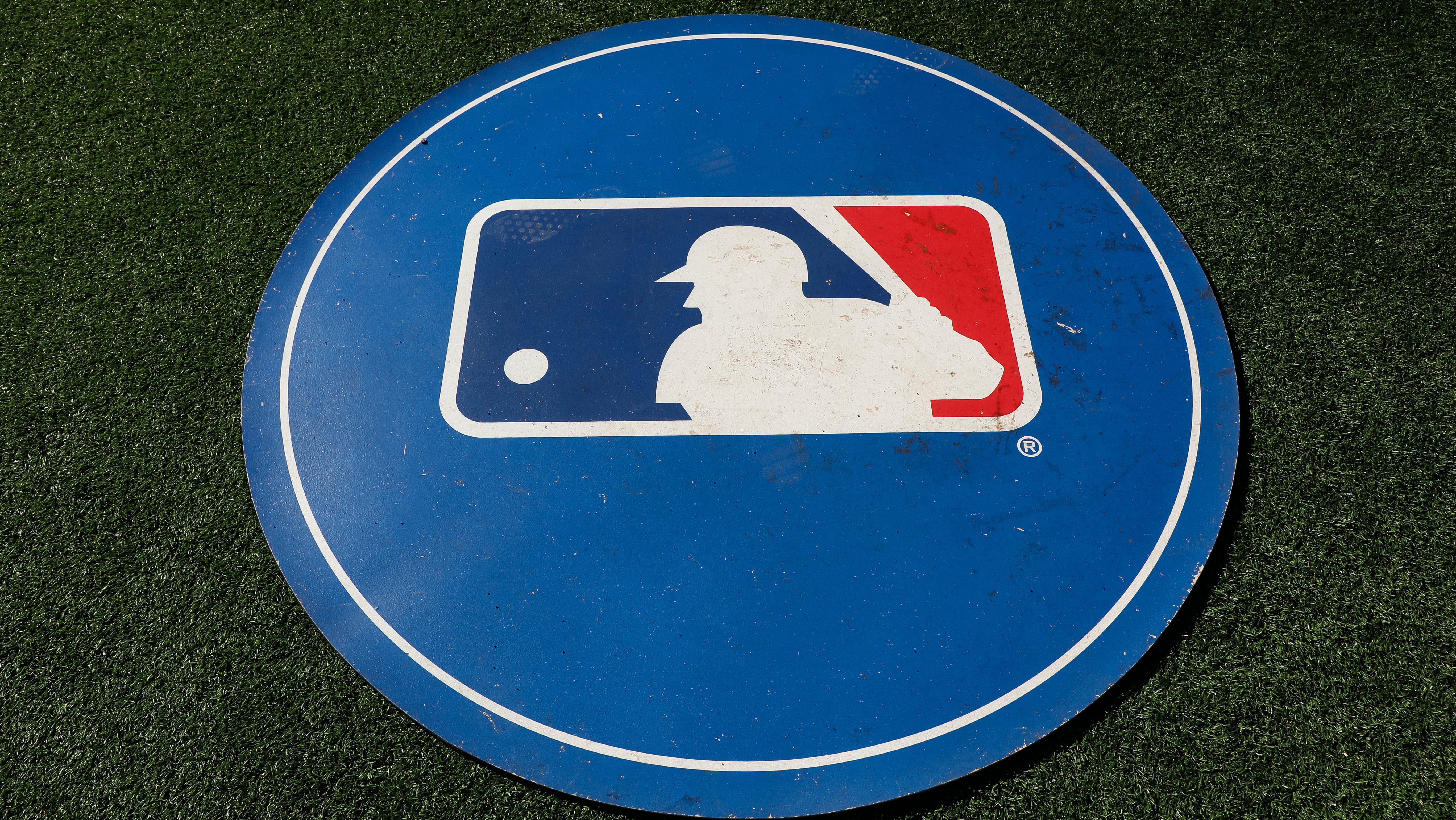If baseball's discussed plan to quarantine all 30 teams in Arizona for a shortened 2020 season didn't win your support, how about another idea?
As baseball keeps talking about ways to stage a season of some kind, the latest possibility involves splitting the season between Arizona and Florida — and realigning the 30 teams into new leagues and divisions.
According to a report from USA Today's Bob Nightengale, the American League and National League would be replaced by the Cactus League and Grapefruit League, with teams sorted geographically by the location of their spring training facilities.
RELATED: How realignment could lead to more White Sox-Cubs games
Much like the Arizona plan reported earlier this week, regular-season games would be played in team's spring training stadiums, as well as the three major league stadiums in those two states, the regular-season homes of the Arizona Diamondbacks, Miami Marlins and Tampa Bay Rays.
Most interestingly, though, teams would be reorganized into new leagues and divisions, which would make for an entirely different season with new divisional opponents. According to Nightengale, this is just one possible way the new alignment could look:
Cactus League
Northeast Division: Cubs, San Francisco Giants, Arizona Diamondbacks, Colorado Rockies, Oakland Athletics
West Division: Los Angeles Dodgers, White Sox, Cincinnati Reds, Cleveland Indians, Los Angeles Angels
Northwest Division: Milwaukee Brewers, San Diego Padres, Seattle Mariners, Texas Rangers, Kansas City Royals
MLB
Grapefruit League
North Division: New York Yankees, Philadelphia Phillies, Toronto Blue Jays, Detroit Tigers, Pittsburgh Pirates
South Division: Boston Red Sox, Minnesota Twins, Atlanta Braves, Tampa Bay Rays, Baltimore Orioles
East Division: Washington Nationals, Houston Astros, New York Mets, St. Louis Cardinals, Miami Marlins
Nightengale wrote that teams could play 12 games against each divisional opponent and six games against the other 10 teams in their league, creating a 108-game regular-season schedule, with the winner of the Cactus League facing off against the winner of the Grapefruit League in the World Series in November.
Certainly that will get folks talking, and the prospect of the White Sox and Cubs being in the same league — and potentially the same division, depending on what the eventual alignment is — would be a wild turn of events for Chicago fans. In such a setup, the White Sox could theoretically face the Twins in the World Series, and the Cubs and Cardinals could theoretically clash in the Fall Classic.
Other differences in the plan to split the season between Arizona and Florida include an odd number of teams in each league, forcing daily doubleheaders to make sure every team played every day, and all 30 teams would likely use the designated hitter.
But while there are definitely ways in which this plan improves on the previously discussed plan with all 30 teams quarantined in Arizona — chiefly that every team would be able to experience the comfort of their own spring facility, eliminating any competitive advantages the Arizona-based teams might have had — many of the same hurdles exist in getting this off the ground.
None are bigger or more important than how the COVID-19 pandemic evolves across the country. The future is so uncertain that it is impossible to say when it will be safe for pro sports to resume. The Arizona plan reported earlier in the week included a potential start date as soon as next month. Bringing baseball back too soon could result in numerous health risks, including those seen in Japan, where multiple players tested positive for the virus while playing practice games. Baseball's return would seem to be contingent on widespread testing, and certainly the game would have to make sure it wasn't conducting frequent tests on players while the general population was still waiting for such access.
Even if such a plan was feasible, would it be advisable? Illinois Governor J.B. Pritzker said Thursday he wouldn't risk large gatherings of any kind until a vaccine was developed. While the Arizona-based plan included playing games in empty stadiums, as a season played in both Arizona and Florida would, the number of people involved in staging every game would still be large, including expanded rosters of players, not to mention coaches, training staff, front office staff, stadium staff, transportation staff, hotel staff and those necessary to broadcast games on TV.
Greater challenges exist when it comes to maintaining an effective quarantine in Florida, as opposed to Arizona. In Arizona, all 15 teams are based in the Phoenix area with brief commutes between each ballpark. In Florida, the teams are spread out across the state. Just using the two regular-season ballparks in the Sunshine State as an example, the drive from Tropicana Field, the home of the Rays in St. Petersburg, and Marlins Park in Miami is nearly four hours. Imagine 15 teams having to make similar commutes on a regular basis while trying to maintain a quarantine.
Those are the challenges baseball is faced with, and those challenges don't seem to be shrinking anytime soon, making this possibility just as dependent on an unknown future as all the rest.
Click here to download the new MyTeams App by NBC Sports! Receive comprehensive coverage of your teams and stream the White Sox easily on your device.

